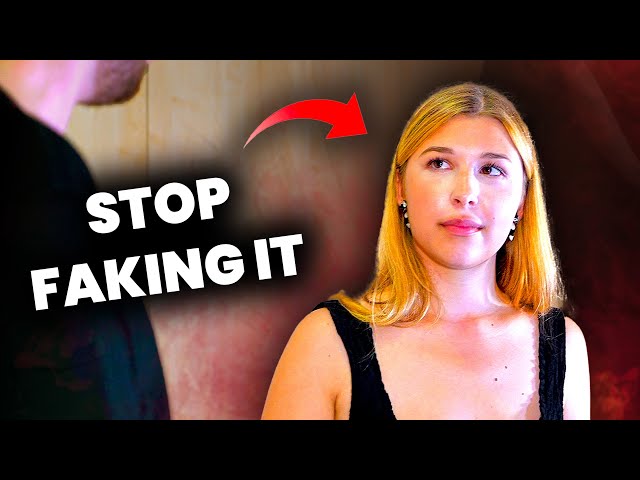When you look in the mirror, how do you truly feel about yourself? If you’re like most people wondering how to stop overthinking, there’s probably a mix of emotions—some good, some not so great. And that’s okay.
We often carry this idea that something within us is broken or that we’re not enough as we are. But what if I told you that this overthinking is just an illusion? You’re not broken, and you’ve never been. The real work lies in learning how to stop overthinking and letting go of the lies that convince you otherwise.
How to Stop Overthinking: Ground Yourself in the Present
Take a deep breath. No, seriously—right now, take a deep breath from the base of your spine. When was the last time you did that with intention? Breathing deeply is a small but powerful way to ground yourself in the present moment, and it’s one of the first steps to stop overthinking.
The more you practice being present, the less your mind will wander into the spiral of self-doubt and overthinking. Each moment of intentional breathing brings you closer to feeling more at home within yourself.
Mirror Exercise: A Key Technique on How to Stop Overthinking
Here’s a challenge: Stand in front of a mirror, look yourself in the eyes, and say, “I love you.” Notice any resistance? That resistance is where your overthinking is rooted. It’s in the moments when we doubt our worth that overthinking takes hold.
If you’re learning how to stop overthinking, this exercise is a game-changer. Keep doing it daily, and watch how your relationship with yourself begins to shift. You’ll start seeing the truth—you’re already enough, just as you are.
Letting Go of Limiting Beliefs: Essential to Stopping Overthinking
When old doubts and fears creep in, don’t resist them—explore them. Ask yourself, “Why am I not good enough?” Let those hidden beliefs surface, and then let them go. This process is vital in learning how to stop overthinking, as it allows you to confront and release the beliefs that fuel your mental spirals.
Overthinking thrives on these limiting beliefs, but by acknowledging and releasing them, you’re freeing yourself from their grip. Remember, the journey of how to stop overthinking isn’t about fixing what’s broken. It’s about realizing that you were never broken to begin with.
Embracing Self-Acceptance to Overcome Overthinking
What’s most personal is most universal. You’re not alone in feeling this way, and by embracing your true self, you can inspire others to do the same. The path to overcoming how to stop overthinking begins with self-acceptance. When you stop trying to fix yourself and start embracing who you truly are, you’ll find that overthinking loses its power.
Conclusion: How to Stop Overthinking and Start Living Your Truth
So, what’s stopping you from being 10 out of 10 right now? It’s nothing but the lies you’ve been told—the lies that fuel your overthinking. If you’re serious about learning how to stop overthinking, it’s time to let those lies go and start living your truth.
By practicing intentional breathing, confronting your limiting beliefs, and embracing self-acceptance, you’ll break free from the cycle of overthinking and step into a life where self-doubt no longer controls you.
Are you ready to let go of what’s holding you back?

Julien Blanc
Want to meet me in person? Get your ticket for the NO ANXIETY TOUR and take the next step towards a life without anxiety.
Frequently Asked Questions (FAQs)
Why do people struggle with overthinking?
Overthinking often stems from deeply ingrained limiting beliefs and a desire to control situations. It can also be fueled by self-doubt and fear of failure.
How can I stop overthinking in stressful situations?
One effective way to stop overthinking in stressful situations is to practice grounding techniques like deep breathing and focusing on the present moment. It helps shift your attention away from racing thoughts.
What exercises can help stop overthinking?
Exercises like mirror work, where you confront yourself and repeat affirmations like “I love you,” are powerful in overcoming overthinking. Daily self-reflection and exploring the root causes of self-doubt also help.
Why is it important to let go of limiting beliefs to stop overthinking?
Limiting beliefs fuel overthinking by creating a mental cycle of self-doubt and fear. Letting go of these beliefs helps break the overthinking pattern and promotes self-confidence and peace of mind.
Can stopping overthinking improve my self-confidence?
Yes, learning how to stop overthinking allows you to confront and release doubts, which boosts self-confidence. When you stop overanalyzing everything, you create space for authentic self-acceptance and growth.








